What Do We Do??? Dying Row of 50 Spruce Trees
unclehippie
9 years ago
Related Stories
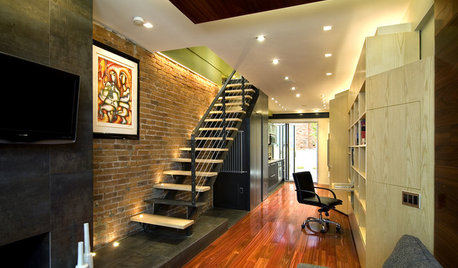
HOUZZ TOURSDesign Lessons From a 10-Foot-Wide Row House
How to make a very narrow home open, bright and comfortable? Go vertical, focus on storage, work your materials and embrace modern design
Full Story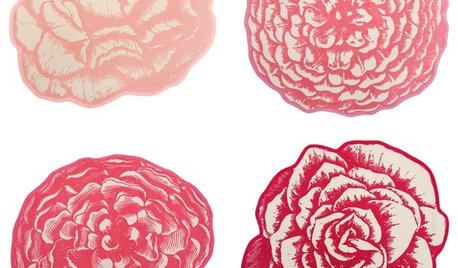
50 Fabulous Finds for Valentine's Day
Valentine's Day Gift Guide: Hearts, Flowers, a Zebra Chair, and Thou
Full Story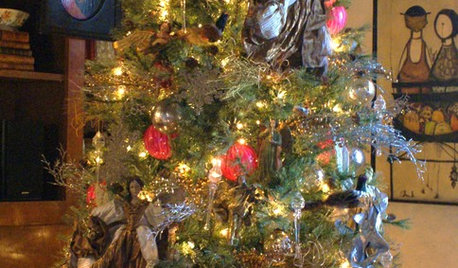
HOLIDAYSChristmas Tree Decorating the Painless Way
Holidays are for carols, not cussing. Make tree trimming less work and more fun with this guide at your side
Full Story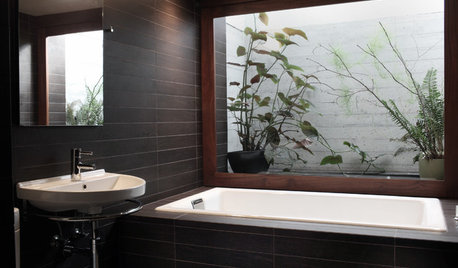
BATHROOM DESIGNPersonal Style: 50 Bath Designs From Creative Owners and Renters
Ideas abound in bathroom styles ranging from upcycled vintage to sleekly modern
Full Story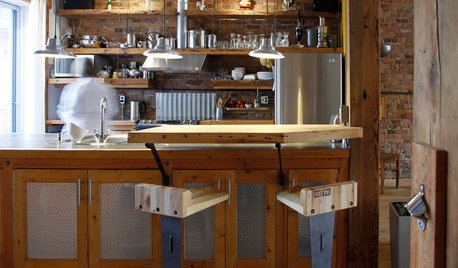
KITCHEN DESIGNPersonal Style: 50 Clever Real-Life Kitchen Design Details
Get ideas from savvy homeowners who have a knack for creating kitchens celebrating personal style
Full Story
SIDE YARD IDEASNarrow Trees for Tight Garden Spaces
Boost interest in a side yard or another space-challenged area with the fragrance and color of these columnar trees
Full Story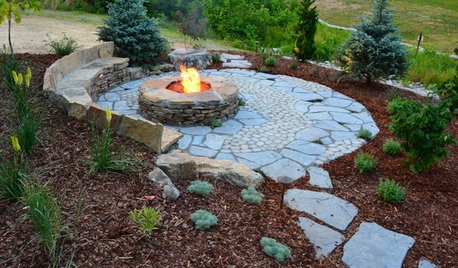
HOLIDAYS10 Ways Your Christmas Tree Can Live On After the Holidays
Learn how to recycle your Christmas tree and reap benefits for the environment
Full Story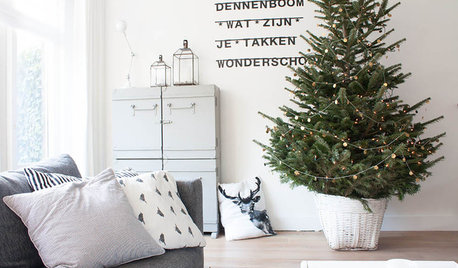
HOLIDAYSHouzz Call: Show Us Your Christmas Tree!
How lovely are your branches? Post a picture and share your stories
Full Story
GARDENING GUIDESGrow Your Own Privacy: How to Screen With Plants and Trees
Use living walls to lower your home and garden's exposure while boosting natural beauty in your landscape
Full Story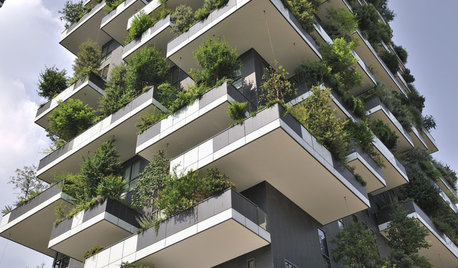
THE ART OF ARCHITECTUREWorld of Design: Trees Bring Nature to a High-Rise in Milan
Discover ‘the most beautiful and innovative skyscraper in the world’ — the foliage-filled Bosco Verticale — and tour one of its apartments
Full Story









ken_adrian Adrian MI cold Z5
gardener365
Related Professionals
Cottonwood Landscape Architects & Landscape Designers · Deer Park Landscape Architects & Landscape Designers · Marco Island Landscape Architects & Landscape Designers · Woodinville Landscape Architects & Landscape Designers · Westwood Landscape Contractors · Edmond Landscape Contractors · Cliffside Park Landscape Contractors · Dudley Landscape Contractors · Huntington Landscape Contractors · Oklahoma City Landscape Contractors · Plantation Landscape Contractors · Ronkonkoma Landscape Contractors · Merrifield Landscape Contractors · North Hills Landscape Contractors · Gulf Gate Estates Tree ServicesunclehippieOriginal Author
wisconsitom
tsugajunkie z5 SE WI ♱